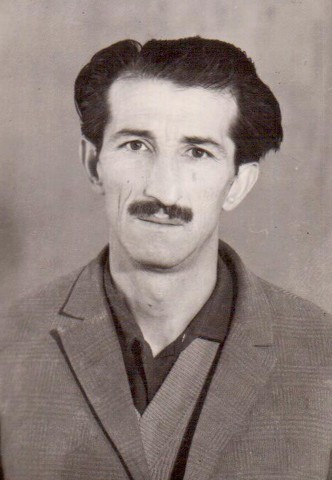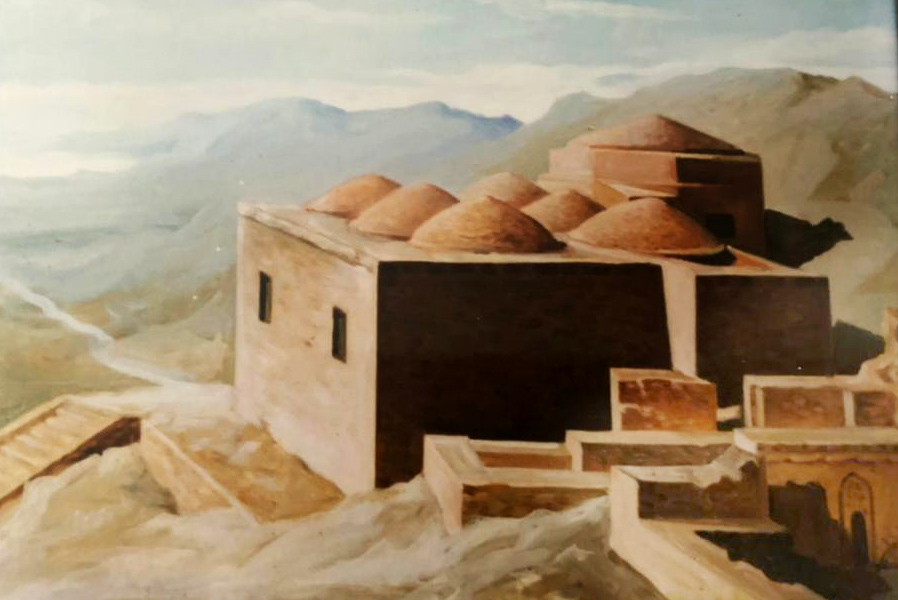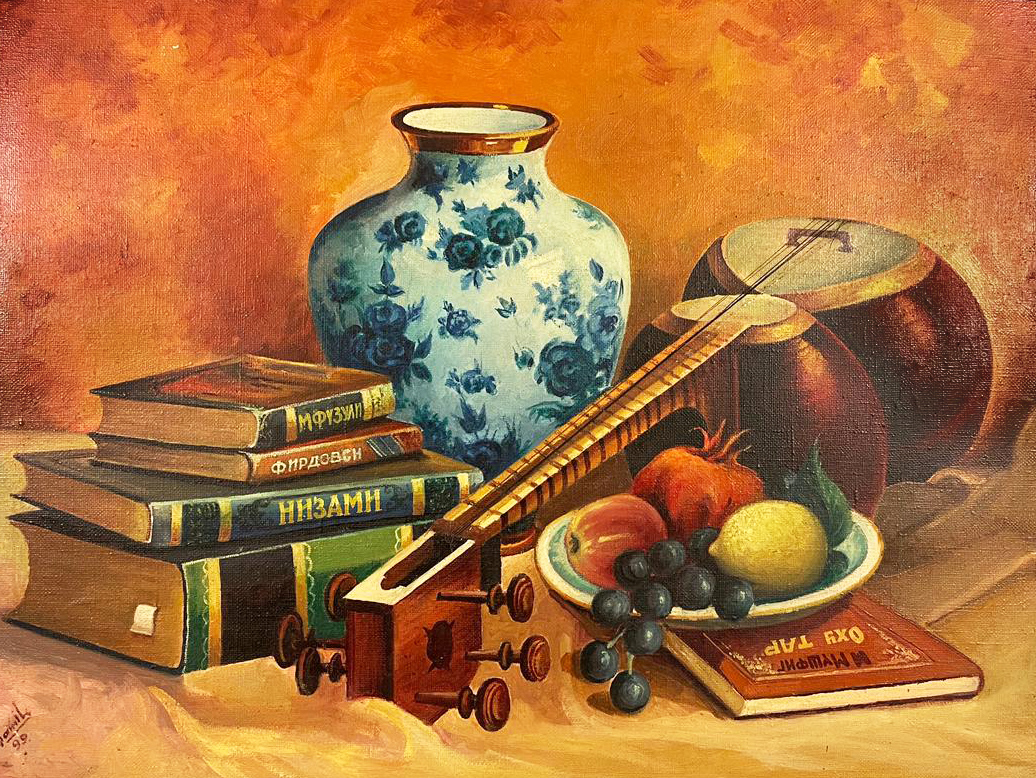select your style
choose your scheme
color scheme

select your style
choose your scheme
color scheme


MUSTAFAYEV Shamil Murtuz oglu was born on August 3, 1929 in the city of Ordubad and died on June 15. He died in Nakhchivan in 2010 (he was buried in Malik Ibrahim cemetery in Ordubad). Artist. Honored Artist of the Republic of Azerbaijan (2002). He studied at the Azerbaijan State Art School named after Azim Azimzade (1951). He was a member of the Union of Artists of Azerbaijan (1970). In 1969, he was awarded the title of Honored Art Worker of Nakhchivan AR. In 1971-1976, he served as chairman of the Nakhchivan Organization of the Union of Artists of Azerbaijan. In 2009, a solo exhibition was held at the B. Kangarli Exhibition Hall of the Artists' Union of Nakhchivan AR. In the works of the artist, the National Leader "Heydar Aliyev", "Academician Zarifa Aliyeva", "Mahammadhuseyn Shahriyar", "Sattarkhan", "Bagirkhan", "N.Rafiyev", "A.Guliyev", "Huseyn Javid", "Mammad Said Ordubadi" and portraits of others dominate. He has many works describing the historical monuments and landscapes of Nakhchivan. Sabit Rahman's "Welcome" (1948), "Happy" (1949, 1950), Najaf bey Vazirov's "Tragedy of Fakhraddin" (1949), Zeynal Khalil's "Fountain of Happiness" (1948, 1949) at the Nakhchivan State Musical Drama Theater named after J.Mammadguluzade , Talat Eyyub's "Lachin" (1948), Uzeyir Hajibeyov's "Asli ve karam" (1948), Abdulla Shaig's "Fitna" (1949), Huseyn Mukhtarov's "Family honor" (1949, 1952), Mahammadhuseyn Tahmasib's "Spring" (1949) ), Asahmad Tokayev's "Adakhlilar" (1950), Suleyman Sani Akhundov's "In the mountains" (1950), Jafar Jabbarli's "Pale flowers" (1951), "In 1905" (1953), Huseyn Ibrahimov's "The land surrenders" (1951 ), Novruz Ganjali's "Behind the Enemies" (1952), Nikolai Gogol's "Marriage" (1952) and others. gave stage design to the performances. His works are preserved in Turkey, Iran, Moscow, Kiev, Alma-Ata, Tbilisi, Heydar Aliyev Museum, Nakhchivan State History Museum, Nakhchivan State Art Gallery, Ordubad District Museum of History and Ethnography, Mammad Said Ordubadi's House Museum and many private collections.





